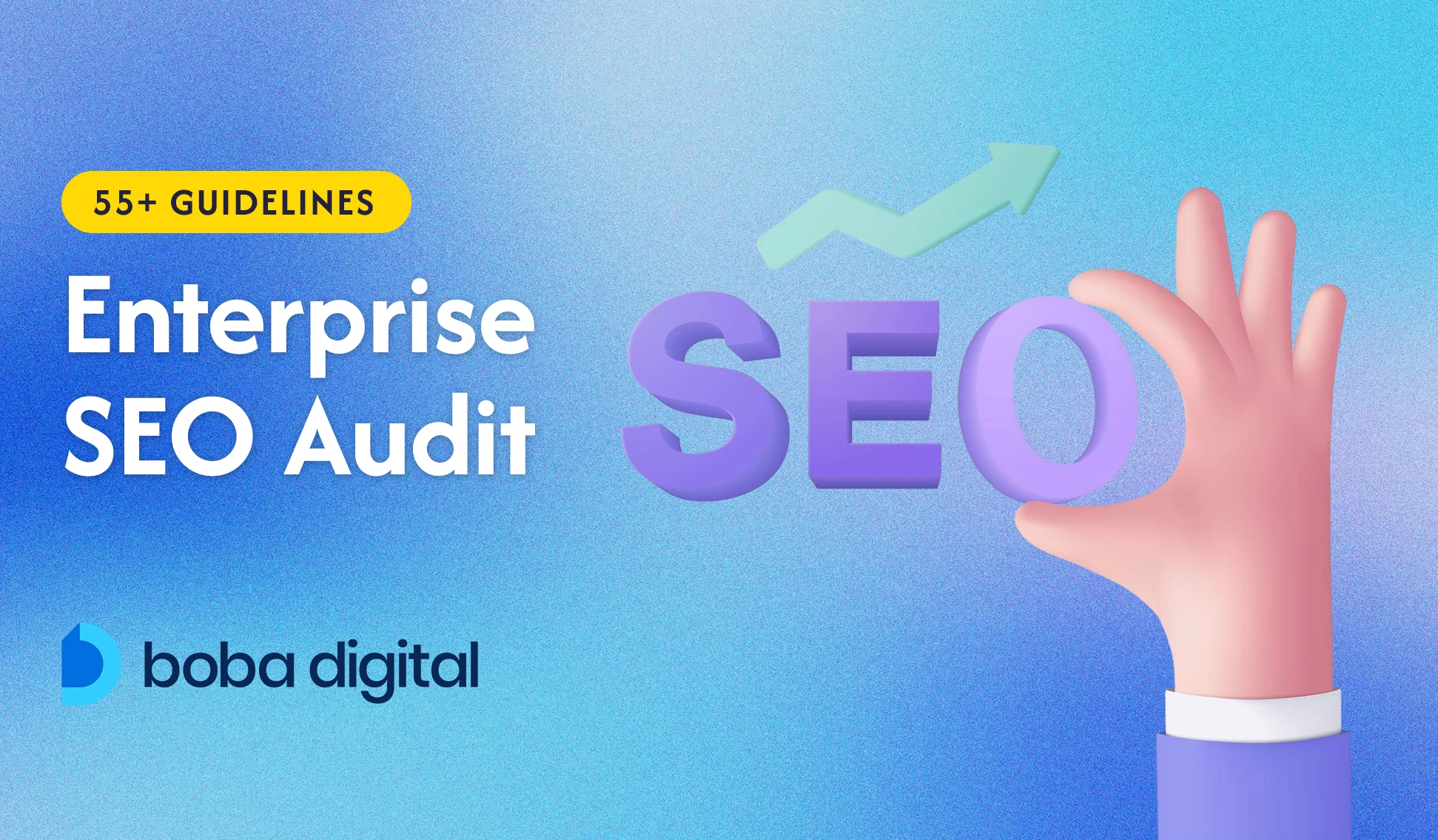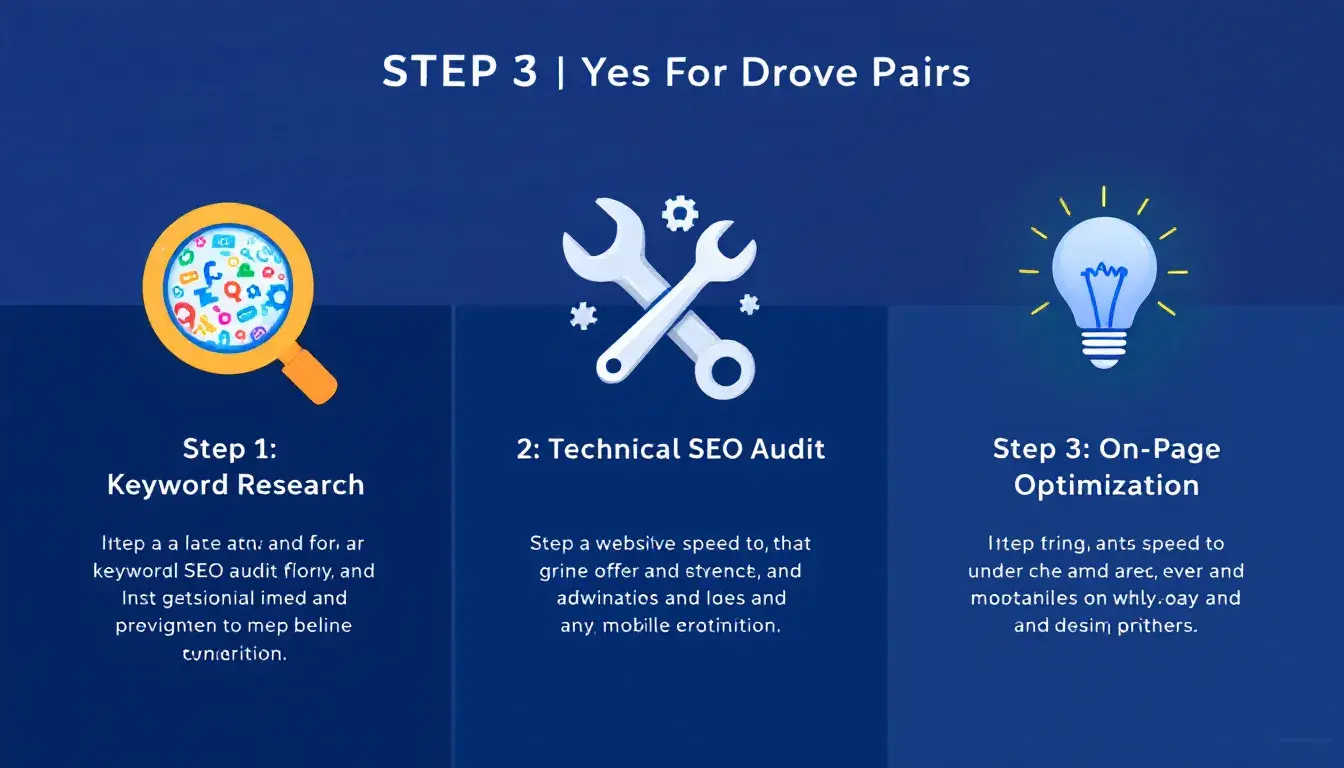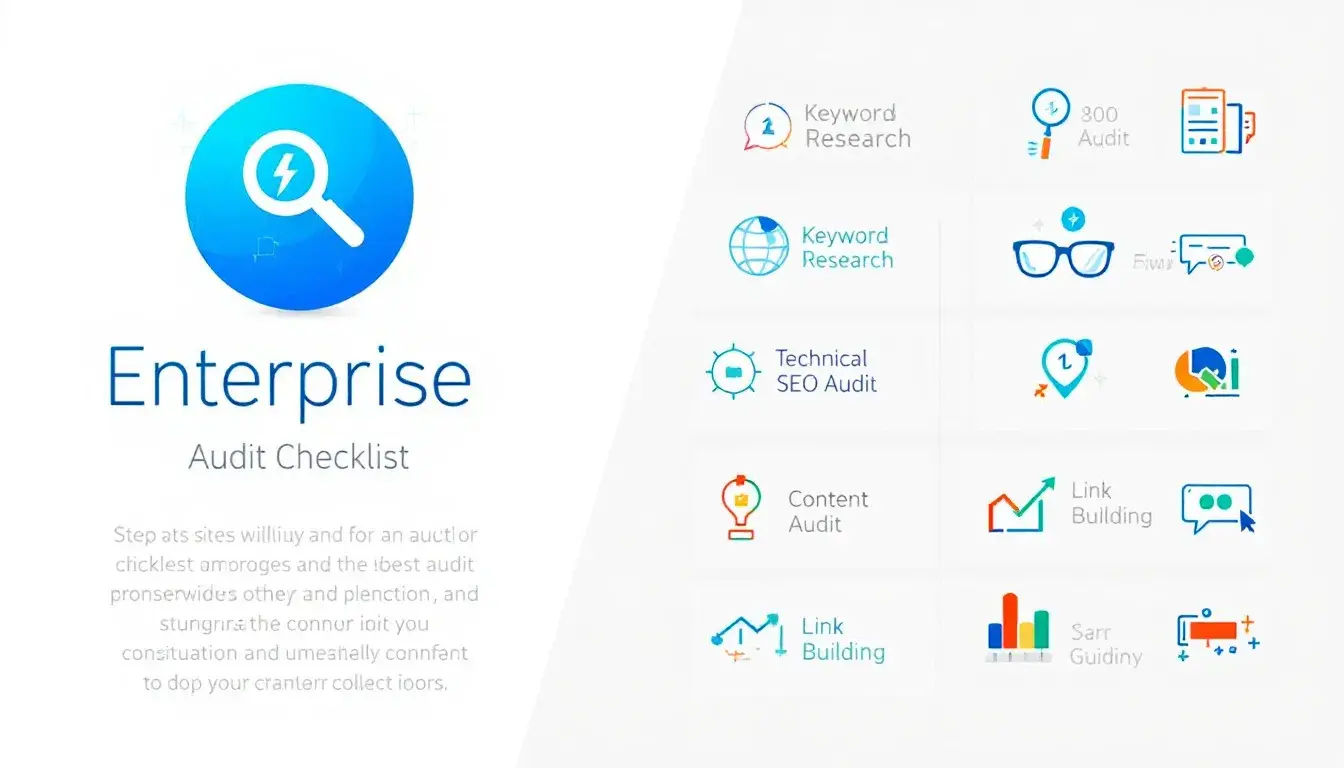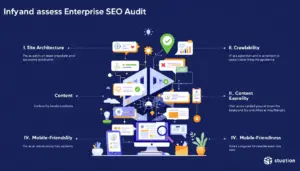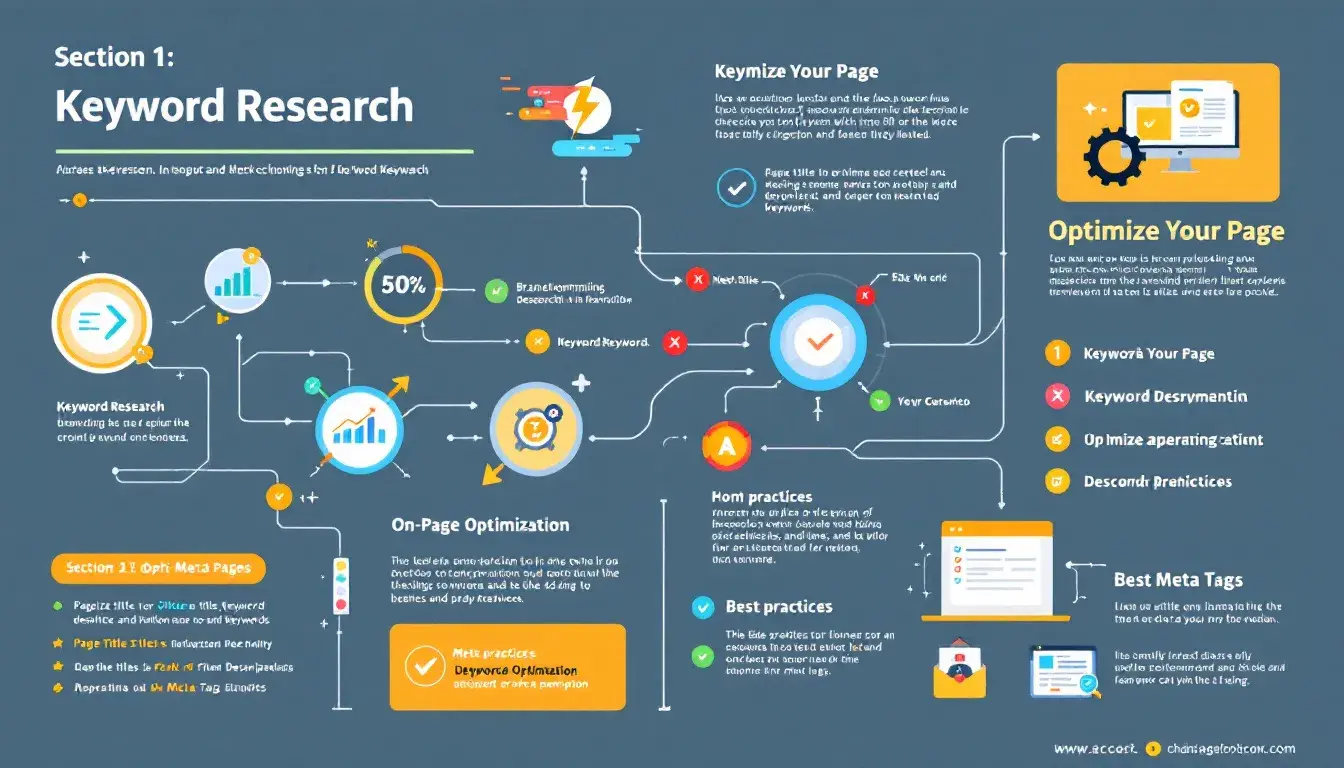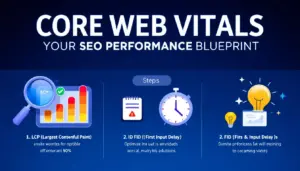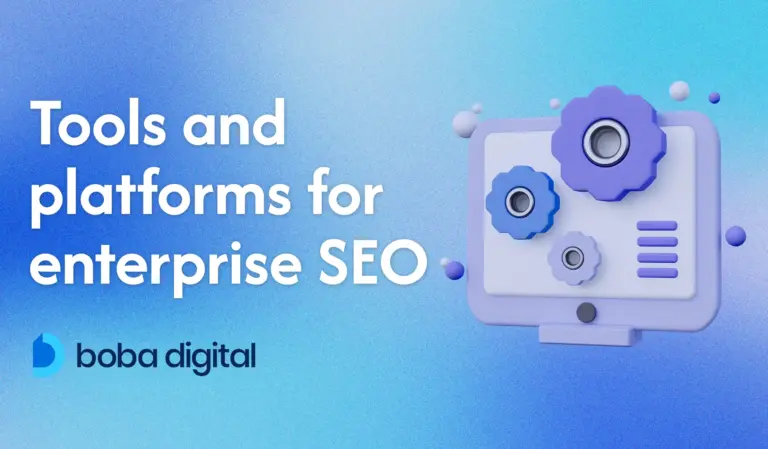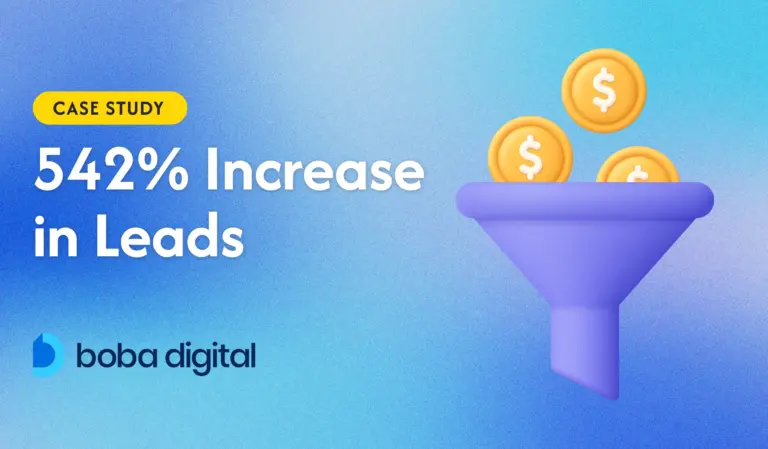How to Do An Enterprise SEO Audit? | 55+ Guidelines for Success
Need to conduct an enterprise SEO audit? This guide covers all you need to know on how to do an enterprise SEO audit for large-scale websites effectively, highlighting steps for technical SEO, site architecture, and content optimization. Utilizing SEO tools in conjunction with manual techniques is crucial for performing thorough website audits, as they help analyze data to uncover insights related to website performance, technical issues, and content optimization. Mastering these areas will help boost your search rankings and online visibility.
Key Takeaways
- An enterprise SEO audit is a comprehensive evaluation tailored for large websites, aimed at improving their online presence and search engine rankings.
- Key components of the audit include assessing site architecture, technical SEO, on-page elements, keyword optimization, and managing duplicate content. Utilizing SEO tools is essential in this process to analyze data, uncover insights, and identify specific issues.
- Regular reporting and monitoring of results are crucial post-audit to measure success, track performance metrics, and ensure continuous SEO improvements.
What is an Enterprise SEO Audit?
An enterprise SEO audit involves a detailed assessment of a company’s online presence to pinpoint issues that could impact organic search rankings. Unlike traditional SEO audits, conduct enterprise seo audits are tailored for larger websites with over 1,000 pages, making their approach different from standard audits. These audits are essential for large corporations and e-commerce giants that manage vast quantities of content across multiple platforms. An enterprise seo audit checklist can help streamline this process.
An enterprise SEO audit allows businesses to reassess their SEO strategies, boosting online visibility. Regular audits help sustain SEO rankings and keep keyword optimization relevant. They also uncover opportunities to differentiate from competitors and refine marketing strategies. SEO tools play a crucial role in identifying specific problems like duplicate content and tracking improvements post-audit.
Specialized tools and experts experienced in managing complex, large-scale websites are typically required for these audits.
Preparing for Your Enterprise SEO Audit
Successful enterprise SEO audits begin with thorough preparation. Gather necessary data sources and set up SEO tools like Google Analytics and Google Search Console. Set clear, measurable goals to stay focused and evaluate success. A diverse team with SEO expertise is crucial for a comprehensive audit.
Create a detailed timeline outlining the audit’s scope and assigning tasks. Schedule regular meetings to ensure effective communication among team members. Document baseline metrics such as domain authority and organic traffic to measure the audit’s impact.
Resolve any access or crawling issues to prepare the site’s technical aspects for the audit.
Enterprise SEO Audit Cost and Services
The cost of an enterprise SEO audit can vary depending on the size of the website, the complexity of the audit, and the services chosen. Typically, a professional SEO audit can cost between $650 and $14,000. Owners of enterprise websites usually pay closer to the higher end due to the larger size of their site.
Most SEO agencies include an SEO audit with their enterprise SEO services. These services may include:
- Technical SEO audit: Evaluating site architecture, indexing, crawlability, and mobile-friendliness.
- On-page SEO audit: Analyzing keyword usage, meta descriptions, title tags, and header tags.
- Content optimization: Assessing content quality, length, format, and freshness.
- Link building: Conducting backlink analysis, evaluating link equity, and ensuring link diversity.
- Mobile-friendliness: Ensuring the website is optimized for mobile devices.
- Page speed: Improving load times for better user experience and search engine rankings.
- User experience: Enhancing navigation and overall usability.
- Local SEO: Optimizing for local search results and creating a Google Business Profile.
- Social media integration: Leveraging social platforms to boost SEO efforts.
- Analytics and tracking: Using tools like Google Analytics and Google Search Console to monitor performance.
Analyzing Site Architecture
Site architecture is key to SEO success. A well-structured site aids search engines in indexing pages effectively. Structured URLs convey page hierarchy, helping search engines understand content organization. In enterprise audits, URLs should accurately reflect their content to assist both search engines and visitors.
Elements like the robots.txt file direct search engine crawlers on which pages to access. Incorrect configuration can prevent certain pages from appearing in search results.
Breadcrumbs enhance navigation by showing users their path through the site and aiding search engine understanding. Internal links provide context, helping search engines understand page relevance. Sitemaps, both HTML and XML, assist users in finding pages and help search engines discover content.
Assessing Technical SEO
Technical SEO is the backbone of your website’s search engine optimization, ensuring it is crawlable, indexable, and user-friendly. Key areas to assess include page speed, mobile friendliness, and crawlability, all crucial for determining your site’s performance in search engine rankings.
A technical SEO audit ensures your site is included in Google’s index. Effective technical SEO addresses factors preventing site indexing and affecting multiple pages, forming the foundation for the entire site.
Tools like Screaming Frog, Google PageSpeed Insights, and Google Search Console offer valuable insights into your site’s technical health. Utilizing SEO tools is essential for uncovering issues like duplicate content and tracking improvements post-audit.
Page Speed
Page speed greatly impacts user satisfaction and retention. A five-second delay can push the bounce rate to 90%, and 83% of users expect pages to load in three seconds or less. Google considers site speed a ranking factor, making optimization essential. Tools like Google’s PageSpeed Insights can check page speed for both desktop and mobile devices.
Enhance a website’s Largest Contentful Paint (LCP) by minimizing third-party script impact and optimizing images above the fold. A good LCP score is under 2.5 seconds, while Interaction to Next Paint (INP) should be 200 milliseconds or less for a responsive user experience.
A Cumulative Layout Shift (CLS) score of 0.1 or lower maintains layout stability as the page loads. Quick optimization methods include minifying HTML, CSS, JavaScript, and using a Content Delivery Network (CDN) to reduce latency.
Mobile Friendliness
With Google’s mobile-first indexing, ensuring your website is mobile-friendly is crucial. Responsive design adjusts layouts to fit various screen sizes, enhancing usability. Key elements include legible font sizes and appropriate button spacing.
Enterprise websites must prioritize mobile optimization to meet Google’s requirements and provide a seamless user experience on the enterprise website, enterprise site, and enterprise sites. Fast loading times, easy navigation, and full indexing are critical for mobile SEO.
Google Search Console can help monitor and improve mobile performance, ensuring your site remains accessible and user-friendly on all devices.
Crawlability
Crawlability directly impacts search engine indexing, making it vital for SEO. Monitoring indexed pages helps identify and resolve indexability issues. A 200 status code indicates a page loaded successfully, while 4xx status codes signify access errors.
Use tools like Screaming Frog to scan for 404 errors on large websites. Ensure your site’s robots.txt file provides correct crawling instructions to search engines like Google.
Using an XML sitemap helps search engines identify which pages to crawl, improving overall site visibility and performance.
Reviewing On-Page SEO Elements
On-page SEO elements are critical for enhancing search engine visibility and user experience. Effective on-page SEO involves refining title tags, meta descriptions, and headers to improve search engine rankings. Each page should have a unique meta description to boost visibility and click-through rates. Optimized images enhance aesthetics and clarity, helping search engines understand context through descriptive filenames and alt tags. Utilizing SEO tools can further refine title tags, meta descriptions, and headers.
Appropriate keyword usage is crucial, including target and related keywords without keyword stuffing. The following subsections will explore optimizing title tags and meta descriptions, headings (H1-H6), and ensuring content quality.
Title Tags and Meta Descriptions
Title tags should accurately reflect page content and include relevant keywords to improve SERP performance. Meta descriptions are brief content summaries that appear on search engine results pages (SERPs), helping users decide whether to click through to your site.
Meta descriptions should ideally be no longer than 155 characters to ensure full display in SERPs. Each page should have a unique meta description to boost visibility and click-through rates. Optimizing these elements significantly enhances your page SEO and overall search engine optimization.
Headings (H1-H6)
Headings structure content, making it user-friendly and easy for search engines to understand. The H1 tag serves as the main visible heading summarizing the page content, and each page should contain only one H1 heading. Reluctance to include keywords in H1 headings can affect SEO performance.
Use Screaming Frog to extract H1 headings for SEO analysis. Optimizing and correctly structuring your headings improves both user experience and search engine rankings.
Content Quality
High-quality content is vital for ranking well and providing value to visitors. It engages visitors and contributes to better search rankings. Differentiate your content from competitors by adding unique value propositions and exploring different formats.
Relevant, informative, and engaging content improves your site’s performance and organic search traffic. Regularly update and refine your content based on user feedback and search engine data to maintain high-quality standards.
Keyword Research and Optimization
Keyword research is fundamental to any successful SEO strategy. Effectively using targeted keywords across website content captures relevant traffic. Target both short-tail and long-tail keywords with various intents for effective SEO. Long-tail keywords often lead to higher conversion rates by capturing specific searches.
Include keywords in URLs, title tags, and meta descriptions to enhance search visibility. Monitor search volume to ensure targeted keywords remain relevant. Regularly update keyword strategies to adapt to changes in search engine algorithms and user behavior.
Managing Duplicate Content
Duplicate content can reduce organic traffic since Google prefers unique content for ranking. The rel=canonical tag indicates the preferred version of a page to search engines, managing duplicate content. Consolidating similar pages into one comprehensive page enhances uniqueness and improves search rankings.
Use Google Search Console to monitor indexed pages and identify potential duplicate content issues. Effectively managing duplicate content ensures your site provides unique, valuable content that ranks well in search engine results.
Optimizing Internal and External Links
Optimizing internal and external links is vital for guiding users through your website and improving navigation. Internal links should use relevant anchor texts and point to meaningful pages to enhance context and flow. A strong backlink profile increases your website’s authority and ranking in search engines.
Regularly audit your backlink profile to identify toxic links and implement strategies to remove or disavow them, while focusing on building high-quality backlinks.
The following subsections will explore optimizing internal links and improving your backlink profile.
Internal Links
Internal links guide users through your website and improve navigation. Review them to ensure they support SEO by connecting priority pages effectively. Fix internal broken links; use 301 redirects to address 404 errors.
A cluttered website menu can reduce link juice for priority pages, negatively impacting their SEO. Including important service landing pages in the main menu enhances their chances of ranking better in search engine results.
Optimizing internal links enhances user experience and improves your site’s SEO performance.
Backlink Profile
A backlink profile consists of all the inbound links directed to your site, representing the overall link structure pointing to your pages. Auditing a backlink profile may include disavowing poor backlinks, analyzing anchor text distribution, and conducting competitor backlink analysis. Monitoring large numbers of spammy URLs and suspicious domains is crucial. Use tools like SEO Checker or Google Search Console to check your backlinks. If an audit reveals many toxic backlinks, modify your link building strategy and consider switching to a manual link building service.
SEO tools like SEO Checker and Google Search Console are essential for auditing backlink profiles, helping to uncover insights related to website performance and technical issues.
Tools like Semrush and Ahrefs offer effective means for backlink auditing. If a website lacks quality backlinks, outreach is recommended to improve its backlink profile.
Local SEO and International SEO
Local SEO and international SEO are essential components of an enterprise SEO audit. Local SEO involves optimizing the website for local search rankings, including creating a Google Business Profile, optimizing the website for local keywords, and building high-quality local citations. This ensures that the business appears in local search results, driving more traffic from nearby customers.
International SEO involves optimizing the website for international search rankings, including translating the website into multiple languages, creating a hreflang implementation, and geotargeting in Google Search Console. This allows the website to cater to a global audience, improving visibility and engagement across different regions. By addressing both local and international SEO, businesses can maximize their reach and effectiveness in various markets.
Monitoring Core Web Vitals
Monitoring Core Web Vitals is essential for assessing a website’s performance and ensuring a positive user experience. Core Web Vitals metrics include Largest Contentful Paint (LCP), Interaction to Next Paint (INP), and Cumulative Layout Shift (CLS), which evaluate speed, interactivity, and visual stability of a webpage.
If pages are not indexed by Google, they will not appear in search results, making indexing critical for visibility. Using tools like Google Search Console and Google Analytics helps track and improve Core Web Vitals, ensuring your site meets performance standards and provides a seamless user experience.
Conversion Rate Optimization
Conversion rate optimization (CRO) focuses on improving the percentage of visitors who take desired actions on your site. Utilizing A/B testing on landing pages can significantly enhance conversion rates by identifying the most effective design and content elements. Incorporating clear calls-to-action (CTAs) within blog posts can effectively guide readers toward taking desired actions and increase lead generation.
Implementing retargeting strategies can help re-engage visitors who left the site without converting, driving them back to take action. Optimizing pricing pages by simplifying options and using social proof can effectively convert visitors into customers. By focusing on CRO, you can maximize the effectiveness of your SEO efforts and improve overall site performance.
Creating an SEO Audit Checklist
Creating an SEO audit checklist is essential for ensuring that all necessary elements are evaluated during the audit process. Here is a sample SEO audit checklist:
- Technical SEO:
- Site architecture
- Indexing and crawlability
- Mobile-friendliness
- Page speed
- XML sitemap
- On-page SEO:
- Keyword research
- Content optimization
- Meta descriptions
- Title tags
- Header tags
- Content optimization:
- Content quality
- Content length
- Content format
- Content freshness
- Link building:
- Backlink analysis
- Link equity
- Anchor text
- Link diversity
- Local SEO:
- Google Business Profile
- Local citations
- Local keywords
- Local content
- International SEO:
- Hreflang implementation
- Geotargeting
- Language translation
- International content
- Analytics and tracking:
- Google Analytics
- Google Search Console
- Keyword tracking
- Conversion tracking
By following this comprehensive checklist, you can ensure that all critical aspects of your website are thoroughly evaluated and optimized, leading to improved search engine rankings and overall performance.
Reporting and Action Plan
The enterprise SEO audit report should follow a standardized format to facilitate comparisons over time. A comprehensive report must include findings, insights, and actionable recommendations. The report should include key performance indicators like organic traffic, conversion rates, and bounce rates.
Establishing clear performance targets based on current metrics helps align SEO efforts with business goals. Monitoring organic traffic, conversion rates, and search rankings is vital for understanding SEO effectiveness. Regular reviews of performance metrics, technical SEO, and conversion data can identify areas needing attention.
Using tools like Google Analytics 4 and Google Search Console is essential for tracking performance after an SEO audit.
Implementing Changes and Monitoring Results
After an audit, it is crucial to monitor website performance to gauge the success of implemented changes. Performance metrics and conversion tracking are key aspects to monitor between SEO audits. KPIs are used to focus on measurable changes after implementing SEO audit recommendations.
A professional SEO company can assist by helping to implement necessary improvements identified in the audit. Tools like Google Analytics and BrightEdge can be used to monitor rankings and traffic after the audit.
Regular SEO audits should be conducted at least annually to ensure ongoing optimization. It may take around six months for SEO audit efforts to show significant results.
Summary
In summary, conducting an enterprise SEO audit is a critical step in maintaining and improving the online visibility of large-scale websites. By following a structured approach and utilizing the right tools, you can identify and rectify issues that hinder your site’s performance. From preparing for the audit to analyzing site architecture, assessing technical SEO, and optimizing on-page elements, each step is crucial for a successful audit.
Regularly conducting enterprise SEO audits helps ensure your site remains competitive and aligned with current SEO best practices. By implementing the recommendations and monitoring results, you can continuously improve your site’s search engine rankings and overall performance. Remember, SEO is an ongoing process, and staying proactive is key to achieving long-term success.
Frequently Asked Questions
What is an enterprise SEO audit?
An enterprise SEO audit is a comprehensive evaluation of a large company’s online presence, specifically designed for websites with over 1,000 pages, to identify and address issues affecting organic search rankings. This assessment is crucial for optimizing visibility and ensuring effective digital marketing strategies.
Why Conduct an Enterprise SEO Audit?
Conducting an enterprise SEO audit is essential for large businesses with complex websites and multiple stakeholders. An enterprise SEO audit helps identify areas for improvement, provides recommendations for optimization, and ensures that the website is aligned with the company’s overall business goals. By conducting an enterprise SEO audit, businesses can improve their website’s visibility, drive more traffic, and increase conversions.
An enterprise SEO audit is a comprehensive evaluation of a large-scale website’s search engine optimization strategy. It involves analyzing various metrics, including keyword rankings, content quality, and sitemaps, to identify areas for improvement. The audit process typically involves a team of experts, including SEO specialists, content creators, and developers. This collaborative approach ensures that all aspects of the website are thoroughly examined and optimized for better performance in search engine results.
Why is page speed important in SEO?
Page speed is crucial for SEO because it directly impacts user satisfaction and retention, while also being a ranking factor for Google; slow sites often experience higher bounce rates. Prioritizing fast load times can enhance both user experience and search engine visibility.
How can I manage duplicate content on my website?
To effectively manage duplicate content on your website, implement the rel=canonical tag to signal to search engines which version of a page to prioritize. Additionally, consider consolidating similar content into a single, comprehensive page to boost uniqueness and improve your search rankings.
What tools can help monitor Core Web Vitals?
To effectively monitor Core Web Vitals, utilize tools such as Google Search Console and Google Analytics, which provide essential insights for enhancing your site’s performance.
How often should I conduct an enterprise SEO audit?
You should conduct an enterprise SEO audit at least annually to maintain optimal performance and stay aligned with current SEO best practices. Regular audits help identify areas for improvement and adapt to changing algorithms.

